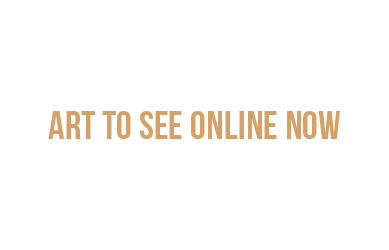by Mia Butter, studio photos by Ryan Molnar // Mar. 28, 2025
Winter comes twice a year in Berlin. Without fail, a deceivingly spring-like week hits around March, followed by another bout of winter. I met Emilia Tikka in her Kreuzberg studio during the small window of spring sun. Originally from Finland, Tikka has been in Berlin, and this studio, since 2011. As a transdisciplinary artist, designer and researcher, her expansive practice requires an equally expansive workspace, from laboratories to her studio and the temporary Excellence Cluster ‘Matters of Activity’ at the Humboldt University. Entering the studio, which is also her home, we cross through the living room into a tidy office. With a sofa, a desk and walls lined with bookshelves from floor to ceiling, her home studio is a coordinated research lab of its own.

Drawings are placed on the left side of her desktop computer, which is a lavender shade and matches each of her notebooks of the same hue. Between the geodes and books ranging in title from ‘Designs for the Pluriverse’ to ‘Sciences from Below–Feminisms, Postcolonialities, and Modernities,’ Tikka’s fascination with the inextricable link between cultural history and biomedical sciences becomes apparent. This topic spans her practice, notably in her work ‘ÆON’ from 2018, which leans into the philosophical question of ageing and eternal life. Based on research in gene-editing technology, the work culminates in a series of photographs–one of which is hung across from where we are sitting. Showing a couple sharing a tender, sombre moment, with some 40 years between them, the speculative scenarios that form Tikka’s oeuvre approach the social dimension of the scientific research they are based on.

Posing the uncomfortable questions that inevitably follow innovation, Tikka’s works highlight the societal implications of the research happening in biotechnology and genetics today. Still in its early stages, new CRISPR DNA sequences can be used to edit genes for a myriad of purposes. In her film ‘Eudaimonia’ from 2018, Tikka continues her exploration of hypothetical scenarios we may face in the future, in this case, changing the human psyche through molecular biology. Referencing Aristotle’s concept of the same name, the philosophy argues that a good life can be reached through self-expression and development. This technology is currently being developed, with its realization set in the near future, situating Tikka’s works in an interesting limbo between speculative and ultra-contemporary.

Sitting on the small sofa, we discuss her long-term project, ‘Johtingeaidnu – The Path Within’ as the sun shines into her studio. It is, importantly, a collaborative project, created with artist and researcher Leena Valkeapää and filmmaker Oula A. Valkeapää, who is first and foremost, a reindeer herder in the arctic Sápmi. Their project, the fruit of a five-year back-and-forth between Finland and Germany that began during the pandemic, is opening in April at the Schering Stiftung. Alongside Tikka’s speculative film set in the year 2100 after a devastating climate collapse, Oula Valkeapää’s film gives a contemporary insight into embodied memories sparked again by following the migratory paths trod by Oula’s ancestors.

While defined as a speculative project, the narrative for ‘Johtingeaidnu’ was developed with climate disasters, which are more real than speculative, in mind. The collapse of the Gulf Stream has been discussed for years, yet we are now entering the estimated timeline in which this could happen. Speaking to the Potsdam Institute for Climate Impact Research, Tikka found that this collapse could occur in the next 30 years, changing the landscape of Sápmi where the film is based, and beyond. With this destruction, however, comes new beginnings–or so speculate Tikka and Valkeapää–in that the indigenous, nomadic reindeer herders are able to revive experiences from previous generations.

Tikka’s lab-based practice, particularly her work with epigenetics, came to explain this phenomenon that Oula himself had felt on a visceral level. “When [Oula] looks at the landscape, he sees all the migrations that went through it.” Tikka has had to unlearn and challenge what she previously considered facts. Learning from Oula was a crucial part of their collaboration. “He sees little details that I don’t see. […] He told me a lot of stories that led in the direction of epigenetic science.” As the migratory paths of his ancestors shrunk, his relatives, who previously migrated to what is now Norwegian territory, had to adjust to the sudden appearance of modern borders. Though he is today unable to replicate the journey of his relatives, precisely because of these borders, Oula says he always felt this inherent desire to migrate toward Norway, sparking this particular research on epigenetics. A sort of transgenerational memory is at play here, something carried within the body.

While a lot of her work takes place outside of these studio walls, Tikka uses her desk space to edit footage, create drawings and write scripts. For Tikka, this is when her creative process often begins. Piecing the story together gives her the space to experiment, receive feedback and creatively tackle her scientific subject matter. Tucked to the side of her desk, Emilia’s drawings, made in collaboration with illustrator Anna Stolzman, are quite different from the visual style of her latest film. Black fine liner and colored marker adorn the page, what could be scribbles might also be the double helix structure of DNA. Small reindeer are cut off from the human figure by strands and strokes of colour. These drawings visualize our previous conversation, like a mindmap, blending Oula and Emilia’s worlds.

Most of Tikka’s work takes place in a laboratory or digital setting, which somehow makes visiting her home studio all the more intimate. The space feels more like a pinboard than a traditional artist’s studio—each aspect, from the books to the drawings, feels like a representation of what Tikka’s practice is. As we get a glimpse into the drawings, films, topographical maps and more to be shown at the Schering Stiftung in April, we also get a glimpse into our climate future, decided by our current actions.
Artist Info
Exhibition Info
Schering Stiftung
Emilia Tikka: ‘Johtingeaidnu – The Path Within’
In collaboration with Leena Valkeapää and Oula A. Valkeapää
Opening Reception: Thursday, Apr. 10; 6–9pm
Exhibition: Apr. 11-July 13, 2025
scheringstiftung.de
matters-of-activity.de
Unter den Linden 32-34, 10117 Berlin, click here for map





















